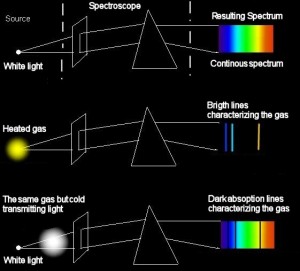The thunderstorm this morning reminded me that I was going to post something about calculating the distance to a storm.
Play this video and then replay it, paying close attention to the time index at the bottom. You will need to move your cursor over the video box to keep the time visible.
Lightning from Daniel Dingemanse on Vimeo.
Can you calculate the distance between the flash of lightning and the camera?
Hint: take the speed of sound in air as 340 m/s.




